Pokémon: 10 Mechanics That Go Unnoticed By The Average Player
Table of Contents
It’s easy to grasp the basic mechanics of the Pokémon games, but diving deeper into base stats and breeding grants eager Trainers more advantages.
You Are Reading :Pokémon 10 Mechanics That Go Unnoticed By The Average Player
Category : Pokemon
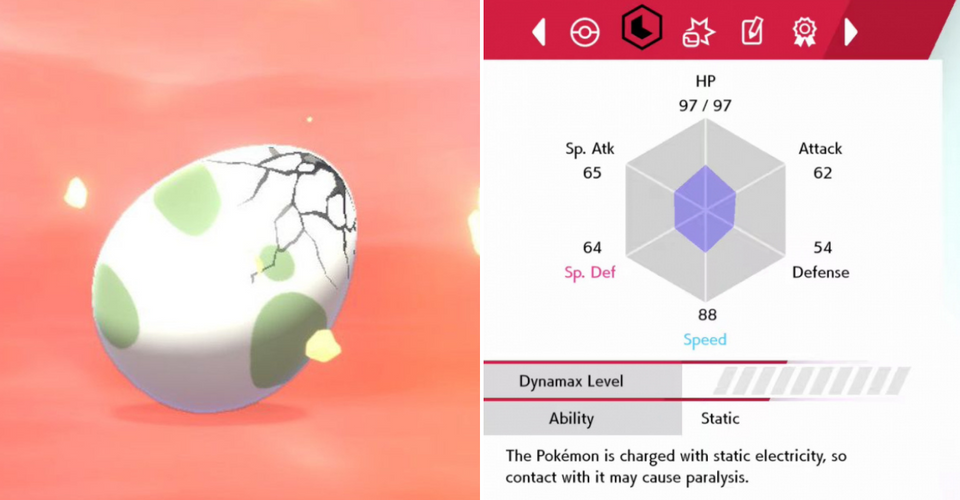
The Pokémon games are seen as an entry point for turn-based RPGs, since they’re family-friendly but provide enough depth for players seeking a challenge. The game is fairly easy to get through for beginners, and over the years there have been quality of life improvements to leveling. The basic fundamentals of using type advantages are easy to grasp, but there also exist many mechanics in the games that the average player may not discover on their first playthrough.
The game tells players only what’s needed, but there’s a lot more to learn beyond the basics. Pokémon games end up leaving much-needed information out as well, leaving it up to dedicated players to look into things more carefully.
10 Every Pokémon Has A Base Stat Total And A Maximum Stat Number
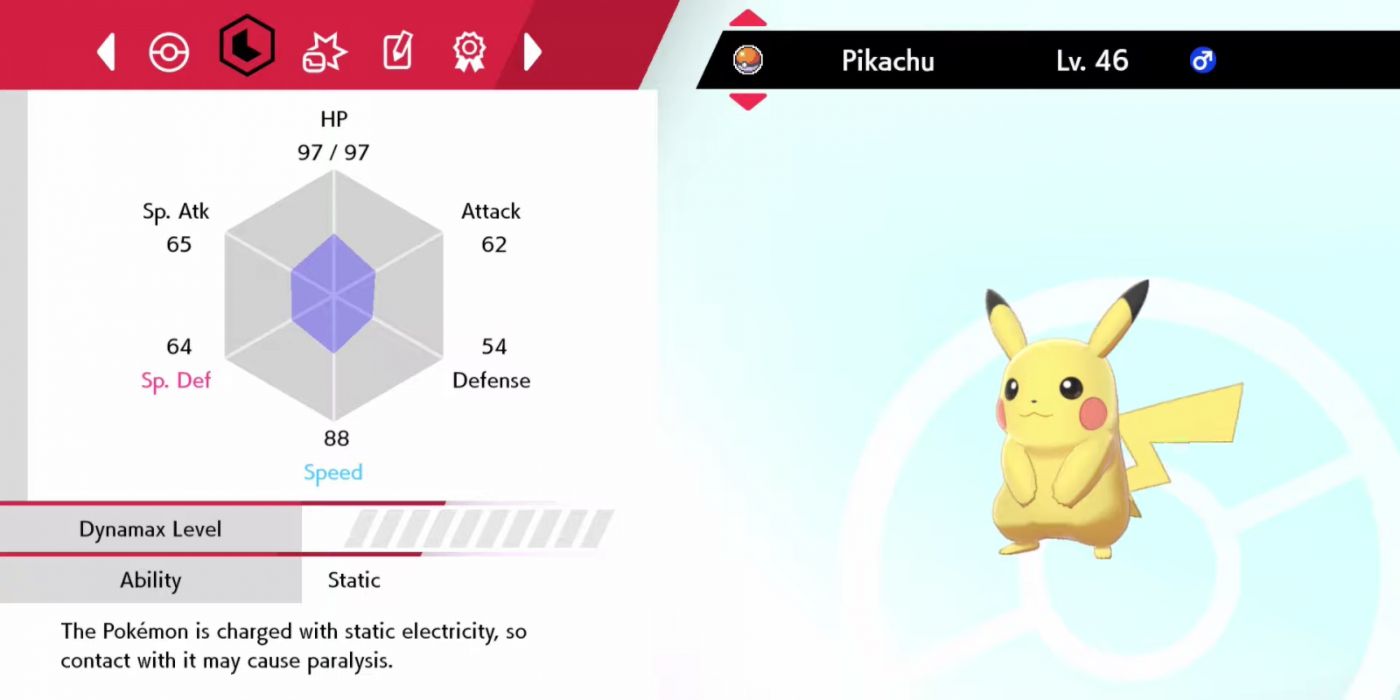
While most players recognize that Pokémon get stronger when they evolve, many players don’t understand why. As Pokémon evolve, their base stats increase as well, giving them higher stats overall. The higher the number, the higher the individual stat becomes upon level up.
The individual stat is limited by the base stat so Pokémon with lower base stats can’t exceed their predetermined potential. Charizard, for instance, with a base Speed stat of 100, can have between 94-167 Speed at level 50, and 184-328 at level 100.
9 EVs, Or Effort Values, Increase The Stats Of Pokémon
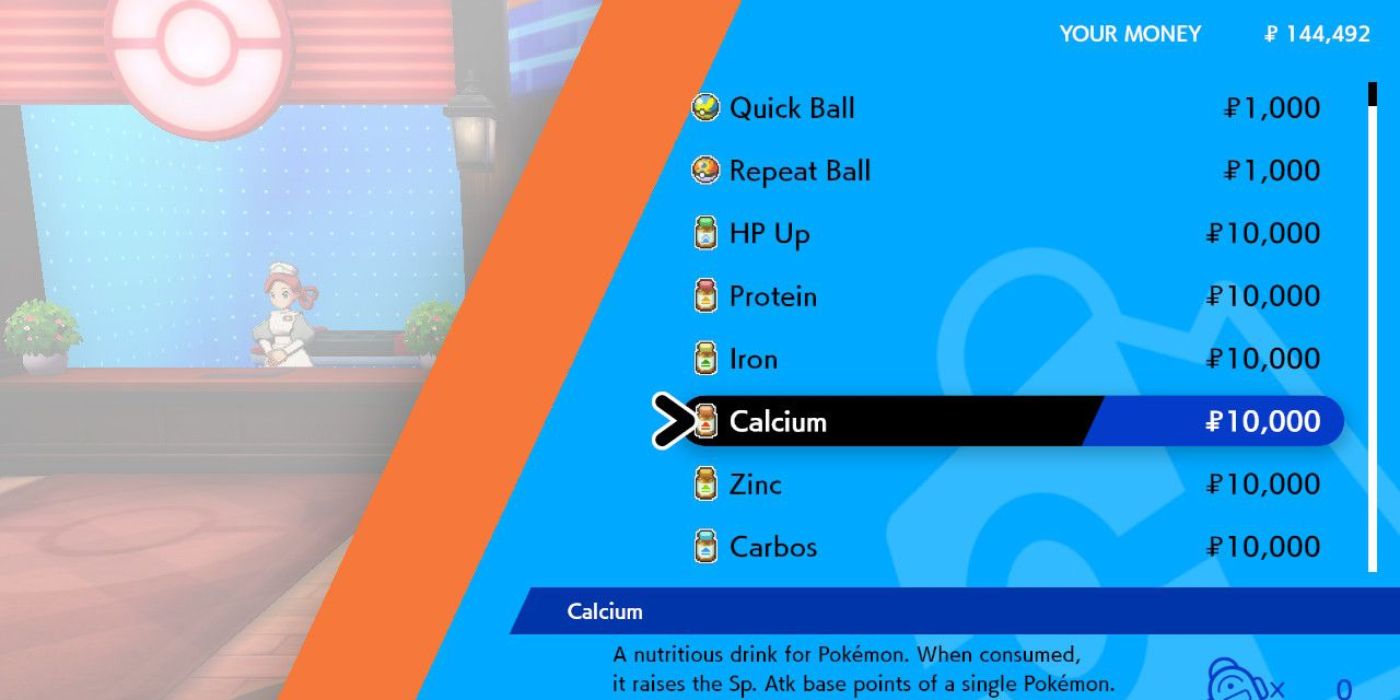
Effort values are awarded to Pokémon by defeating certain Pokémon, using Medicine like Iron and Calcium, Super Training, or using items like Feathers. Every 4 EVs equals one stat point and only 252 EVs can be allocated to a single stat at a time. 510 EVs can be assigned in total, so if two stats are maxed out, there will always be 6 EVs left over.
This only equates to 1 stat point increase, rather than 1 1/2, and the extra 2 are just wasted. 63 points in one stat add up quite a bit and can make the difference in many competitive scenes. Allocating these stats effectively makes up much of the prep work for competitions.
8 Natures Provide A 30% Bonus And A 30% Reduction To A Stat
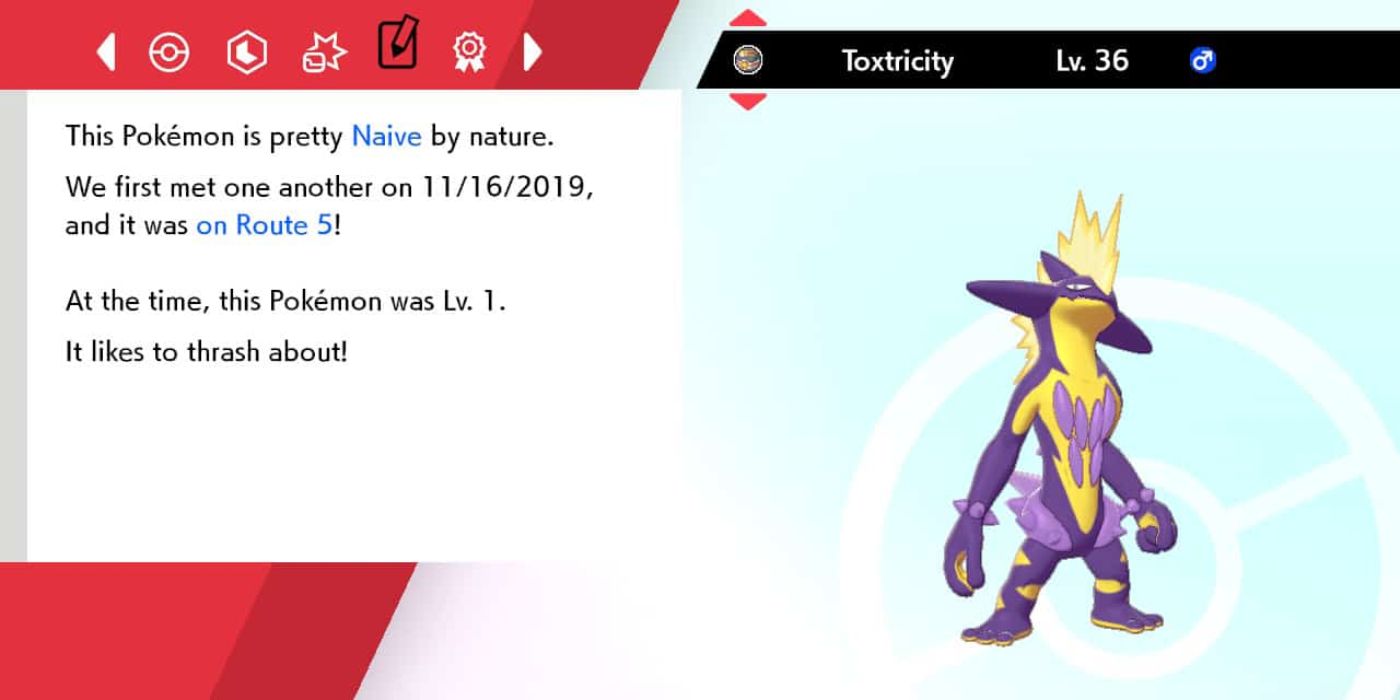
Every Nature within the game determines not only that particular Pokémon’s taste in berries, but it has a direct relationship with their stat totals. Neutral Natures provide no bonus or reduction to any stat, but every other Nature will increase and decrease a stat by 30%. Adamant, for instance, increases the Attack stat by 30% while lowering Special Attack by the same amount.
This is especially useful when a Pokémon has a much higher Attack stat, as it lets the player prioritize physical moves over special moves. Every stat has this increase and decrease trade-off in every combination, except HP and the hidden Evasion and Accuracy stats.
7 Stat-Raising Abilities Increase Stats By Different Percentages
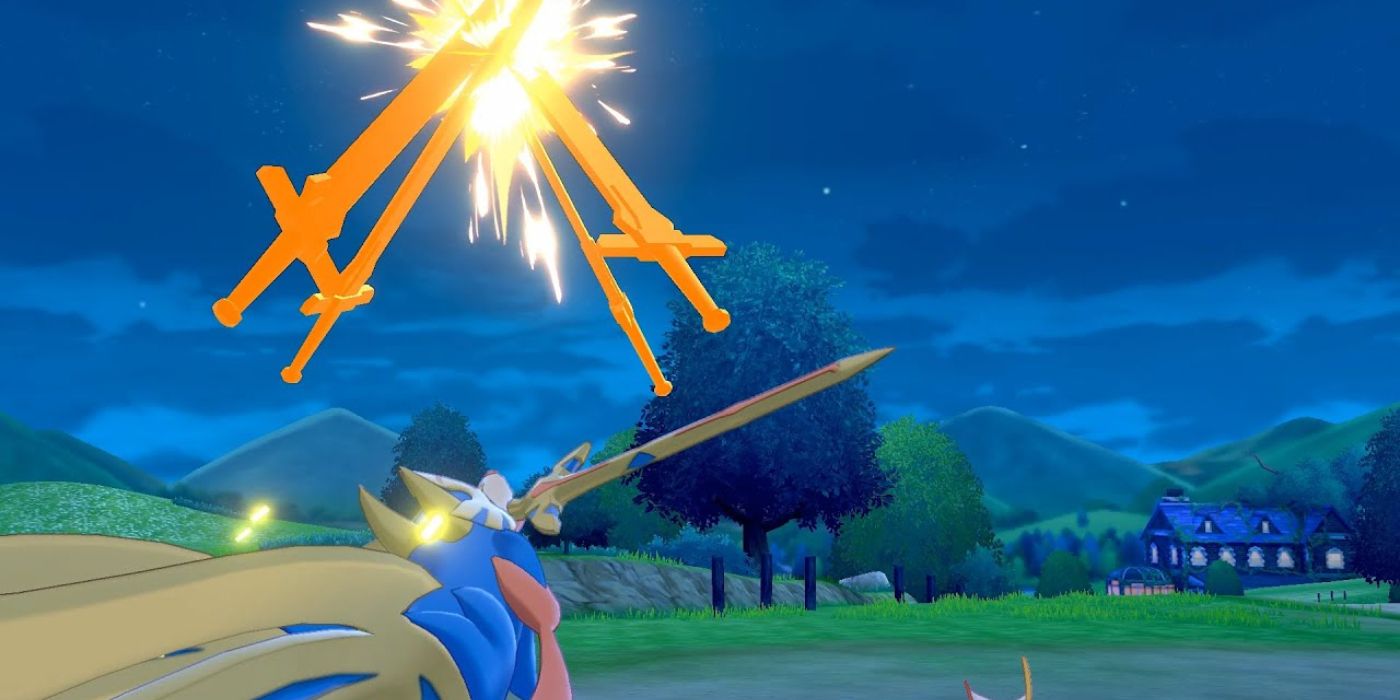
Status moves that increase a Pokémon’s stats are calculated with percentages. For every stat except from Evasion and Accuracy, this is done in 50% increases. A Pokémon can only have a stat maxed out by 6 stages, which equates to x4. When a stat-increasing move is finished, the stat increases by 50% unless it is specified that it is “sharply increased,” as with the likes of Swords Dance.
These sharply increased stat increases are done in 2 stages, equating to x2. For Evasion and Accuracy, it’s instead done in 33% increases. For moves that boost a stat by 3 stages, or x2.5 and above, the text will say the stat “drastically rose.” This can happen with moves like Tail Glow or Cotton Guard.
6 Toxic And Poison Are Different Status Effects Entirely
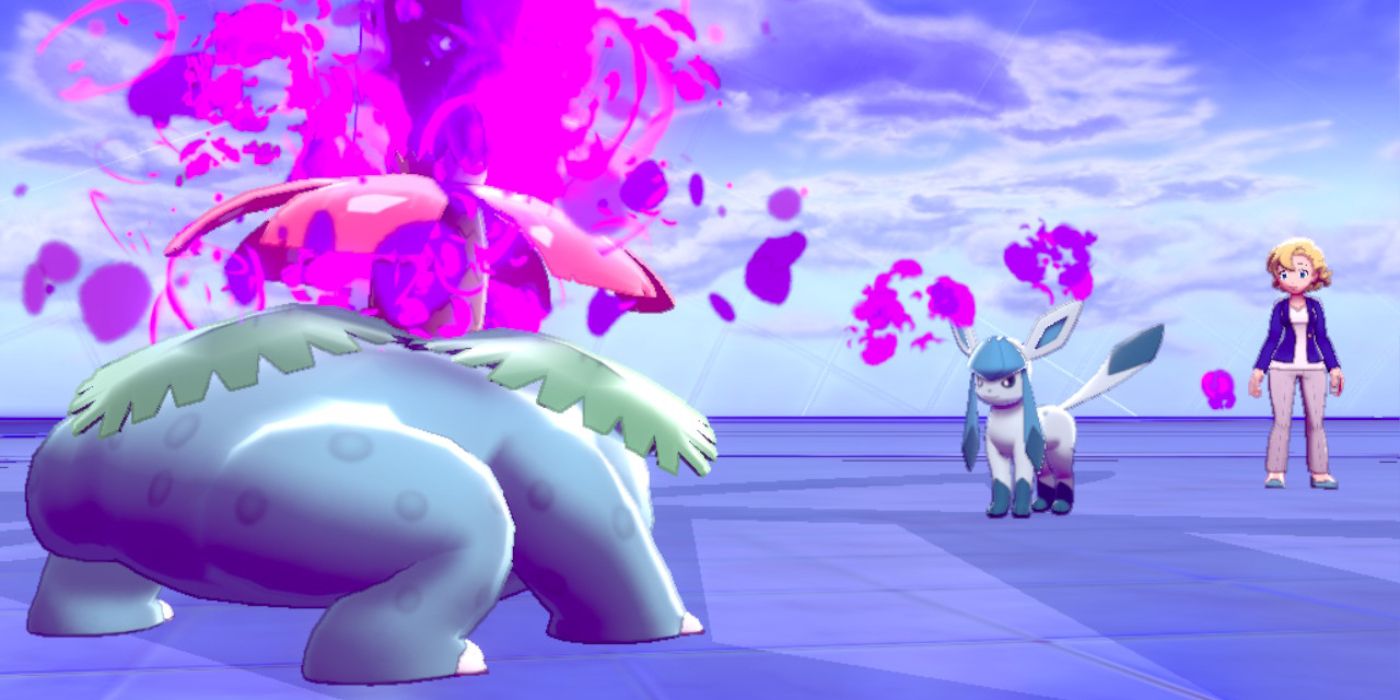
The move Toxic inflicts a Pokémon with the poison status condition. But this condition behaves differently if a Pokémon is poisoned by any other move or Ability. For moves like Poison Jab or Poison Sting, the poison ticks off 1/8 of the Pokémon’s max HP each turn. With Toxic, the damage increases for each turn the affected Pokémon is on the field.
Two layers of Toxic Spikes will cause switched-in Pokémon to become badly poisoned as well, suffering from the Toxic effect. A single layer of spikes will only deal regular poison damage instead.
5 Burns And Paralysis Have Additional Effects Tied To Them
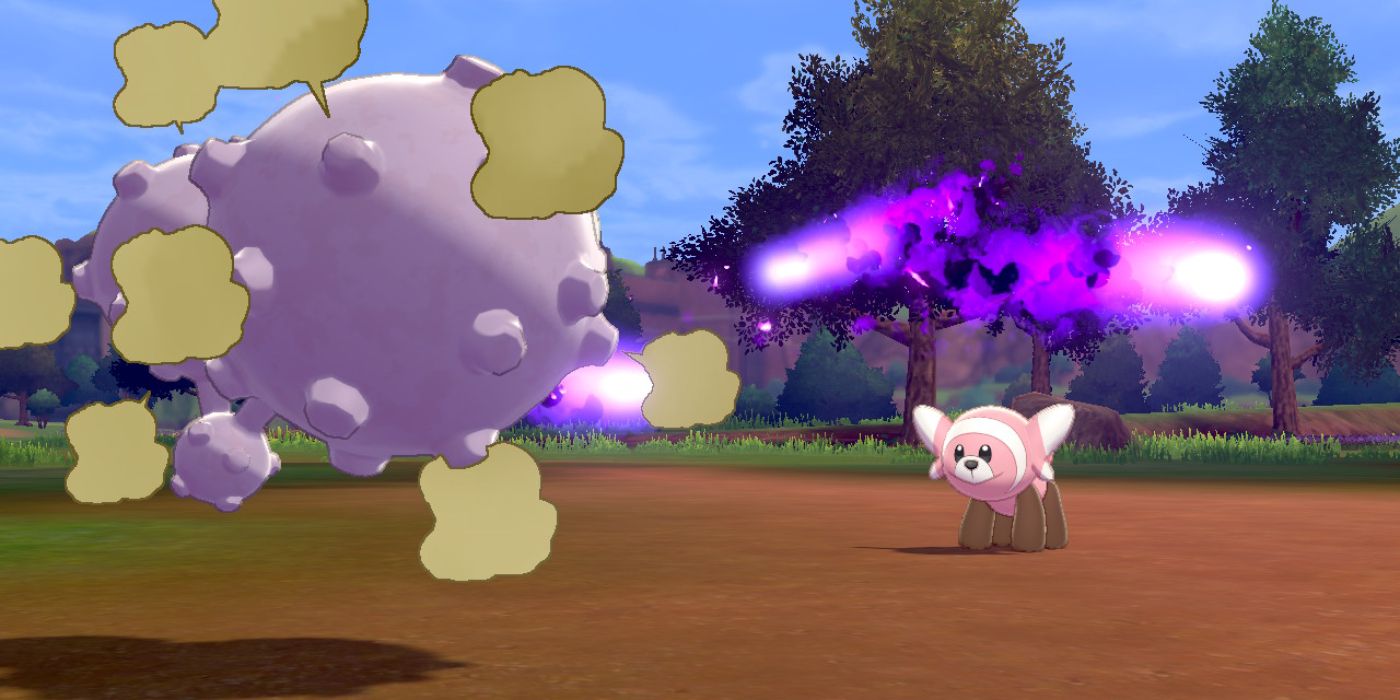
Being burned often seems like a boring version of being poisoned to the average player, but it has an added bonus: halving the affected Pokémon’s damage with physical moves. As of the latest generation, burn only deals damage equal to 1/16 of the affected Pokémon’s HP at the end of the turn.
Paralysis, on the other hand, has a 25% chance of preventing a Pokémon from taking its turn. Additionally, it also halves the speed of the Pokémon, making it easier for slower-moving Pokémon to potentially outpace it. Many attacks have a chance to inflict these status effects, and some of them are frequently used in competition.
4 Physical Moves And Special Moves Use Two Different Stats
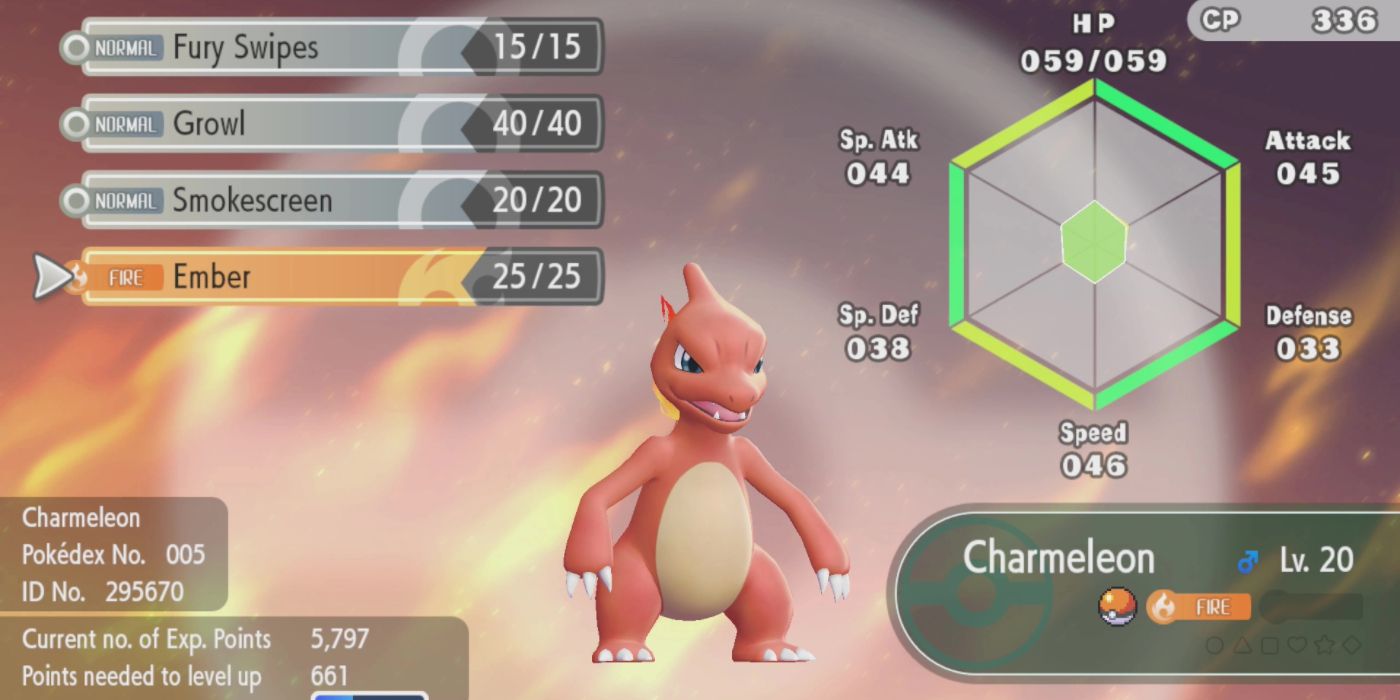
In battle, each move has specific symbols attached. The bright orange symbol represents a physical move move that uses the Pokémon’s Attack stat to calculate damage, while the blue swirl represents special moves that use Special Attack to calculate. The grey icon is for Status moves , which can be anything from stat-increasing moves to status inflicting moves.
When a Pokémon is hit with a physical move, the damage they take is reduced by their Defense. Likewise, special moves use Special Defense to calculate how much damage is done to the target’s HP. It’s important to keep track of weaknesses in Pokémon and note which Pokemon who continuously take hits on either side.
3 IVs, Or Individual Values, Make Up 31 Stat Points Of A Pokémon

Every Pokémon is different, from its Nature to the route where it was caught to the moves they can learn, and they’re especially different in their stats. IVs of a particular Pokémon can heavily increase or decrease their viability and overall use in battle.
IVs are a hidden aspect of Pokémon that can range from 0 to 31. For each IV a Pokémon has, that particular stat’s IVs raises the stat number. A Pikachu with 0 IVs might have 100 Special Attack, whereas a Pikachu with 31 Speed IVs has 131. There are advantages to having this maxed out, but there are also strategies that use 0 Speed IVs in order to make the most out of moves like Trick Room.
2 Breeding Pokémon Can Pass Down Many Important Traits
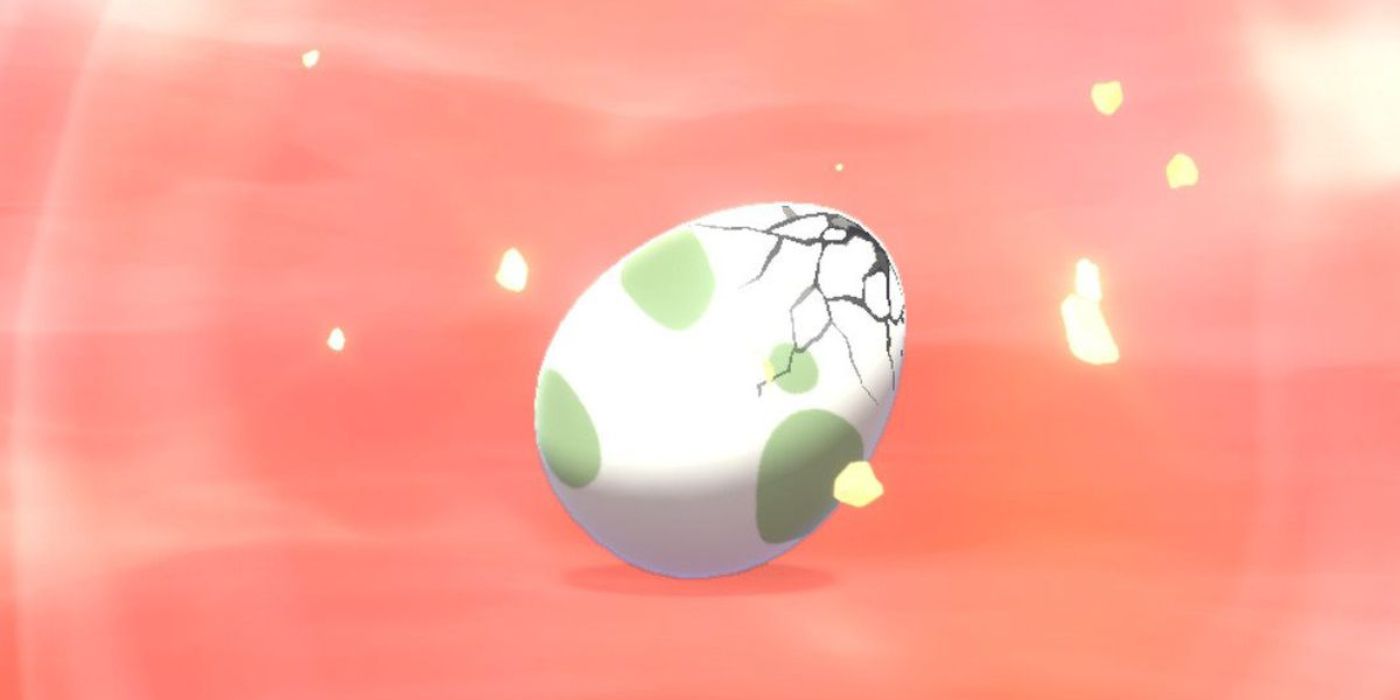
When breeding Pokémon, Egg Moves may be passed down to the offspring. These are a specific range of moves that the Pokémon will know upon hatching, and can even be spread through different Egg Groups. This makes it possible for Pokémon to pick up moves that aren’t from their usual learn set. Natures are also passed down to the offspring if one Pokémon was holding an Everstone. The Destiny Knot allows the Pokémon’s IVs to be passed down as well, though only 5 out of the 6 stat IVs may be passed down at a time.
Hidden Abilities are also inheritable, but only by the female Pokémon or by a genderless Pokémon bred with a Ditto. These Hidden Abilities create Pokémon with more favorable stats and move sets. Even the Poké Ball can be passed down for Trainers who prefer for their Pokémon to reside in a ball of their choosing.
1 Pokémon Using The Same Type Of Move As Their Typing Increases Its Power
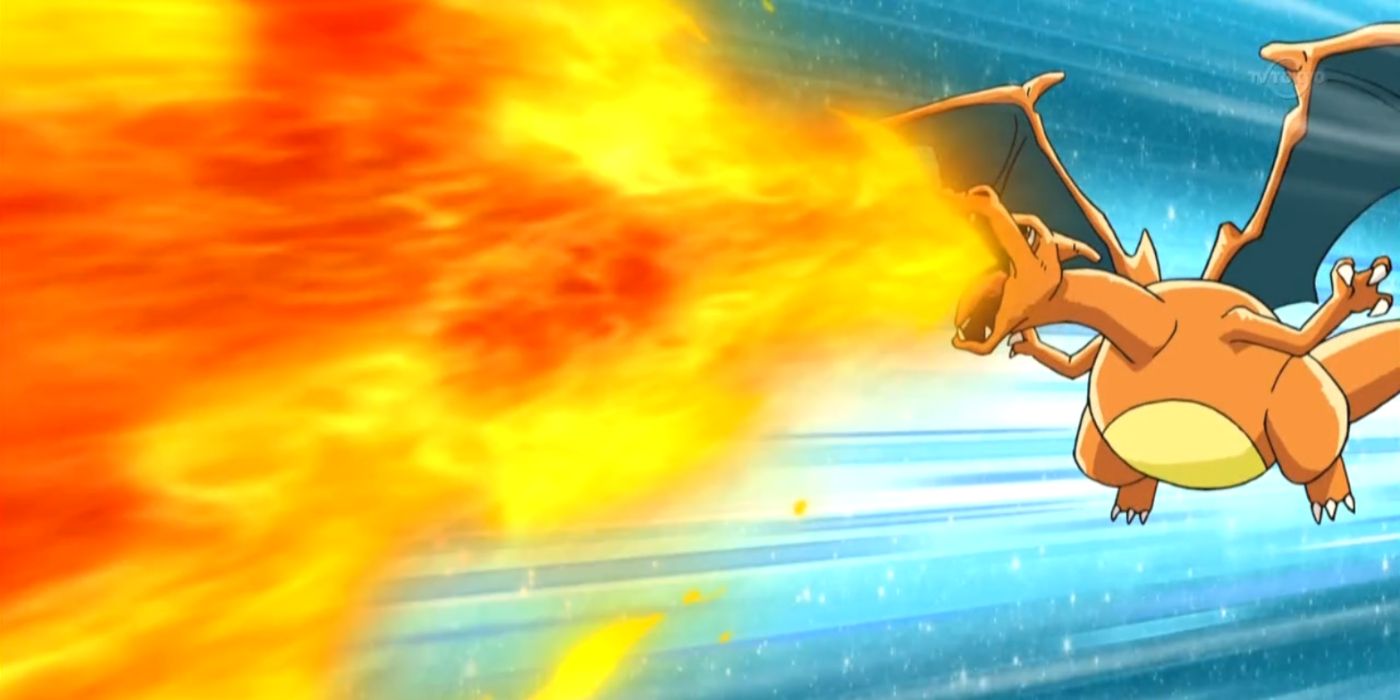
With both physical and special damage-dealing attacks, if a Pokémon uses the same move as its own typing, the power of that move is boosted by 50%. This is called the Same Type Attack Bonus by the community, more commonly referred to as STAB. Only the base power of the move itself is increased before all the calculations are done.
If Lanturn, for example, used Discharge, an Electric-type attack, the base power would increase the damage to 120 instead of its usual 80. The same could be done for Surf, a Water-type attack, because Lanturn is a dual-type. It’s a simple mechanic, but it does help when deciding on what moves to learn. The base power of a move isn’t all a Trainer should pay attention to.
See more : PokemonWe
